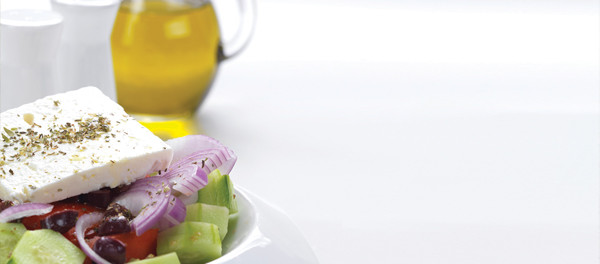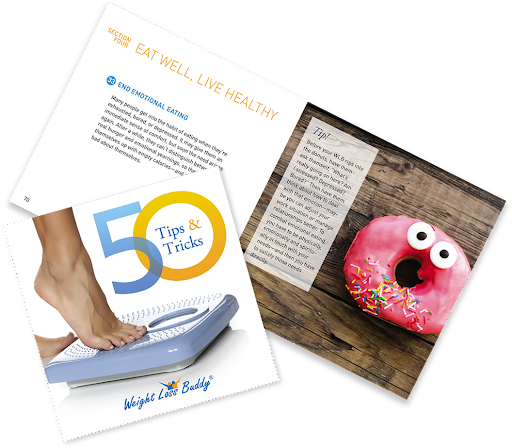What’s the Best Way to Add Healthy Fat to Your Meals?

Fats have had an unfortunately controversial reputation when it comes to nutrition and health. Back in the 90’s, people were encouraged to avoid fat whenever they could. Since the mid 2000s, several trendy diets such as the keto diet encourage ample fat intake. As more research comes out, it’s becoming more and more clear that having a balanced eating pattern that includes healthy fats, proteins and carbohydrates is key to the best health outcomes. In particular, fats are an important macronutrient that helps us protect our heart health, reduce our risk of cancer and cognitive decline and feel more satisfied from our meals. But the kind of fats you choose matters, too.
There are two main types of fats in our diets: saturated and unsaturated fats. Saturated fats include animal sources such as butter, lard, dairy and red meats. These types of fats are stiffer and less flexible, meaning they can be more apt to get stuck in our arteries and can be harder on our hearts. Unsaturated fats include plant-based sources, such as olive oil, vegetable oils, nuts, seeds and avocados and can also be found in fatty fish such as salmon and tuna. These types of fats have been found to be protective to our hearts and overall health. This list is meant to help you add healthy sources of fats to your meals, primarily from unsaturated sources.
7 Ways to Add 10 Grams of Healthy Fats to Your Meals: The 2020-2025 Dietary Guidelines for Americans recommends having 20-35% of daily calories come from fat, focusing on nutritious sources and limiting saturated fat intake. Twenty-five percent of a 2,000 calorie pattern would be 500 calories or roughly 56 grams of fat per day. With each option, you’ll add 10 grams of healthy fats to your meals and will help to meet close to 20% your needs deliciously.
Excerpted from Eating Well













